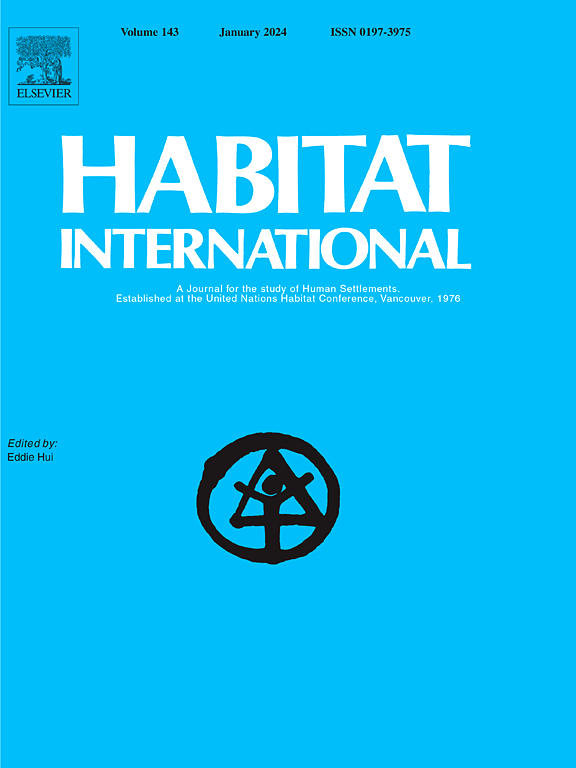Tourist interest areas and spatial movement patterns on the qinghai-Tibet plateau based on dynamic trajectory similarity
IF 7
1区 经济学
Q1 DEVELOPMENT STUDIES
引用次数: 0
Abstract
Tourist interest areas illustrate the spatial orientation of group decision-making in selecting tourism destinations amid evolving consumer preferences. By integrating tourist stay areas with OPTICS-optimized DBSCAN clustering techniques, this study identified tourist interest areas and analyzed their annual and spatial orientations. It further examined inter-annual and inter-monthly variations while generating trajectory movement maps to elucidate tourists' spatial movement patterns. The findings indicate that during the study period, tourist interest areas on the Qinghai-Tibet Plateau transitioned from a scattered distribution around prominent scenic spots and popular cities to encompass non-scenic regions along primary traffic routes and border zones. These were concentrated along national and provincial highways within a 60 km radius at elevations between 3000 m and 4500 m. The frequency of inter-annual changes consistently increased as nodes evolved from isolated points into a high-frequency network. The variation in tourist spatial movement patterns serves as a dynamic response to tourist interest areas. This finding extends the applicability of the classical LCF in plateau regions, and based on this, this study innovatively proposed the Plateau Tourism Space Interaction Model. The results provide critical insights for optimizing spatial planning and developing world-class tourism destinations on the Qinghai-Tibet Plateau.
基于动态轨迹相似性的青藏高原旅游兴趣区与空间运动模式
旅游兴趣区说明了群体决策在消费者偏好演变中选择旅游目的地的空间取向。通过将旅游停留区与optics优化的DBSCAN聚类技术相结合,本研究确定了旅游兴趣区,并分析了其年度和空间方向。进一步研究了游客的年际和月际变化,并生成了轨迹运动图,以阐明游客的空间运动模式。研究结果表明:研究期间,青藏高原旅游兴趣区由主要景点和热门城市周围的分散分布向沿主要交通干线和边境地带的非景区分布转变。它们集中在海拔3000米至4500米的60公里半径内的国道和省道沿线。年际变化的频率随着节点从孤立点演变成高频网络而持续增加。游客空间运动格局的变化是对旅游兴趣区域的动态响应。这一发现拓展了经典LCF在高原地区的适用性,并在此基础上创新性地提出了高原旅游空间交互作用模型。研究结果为青藏高原空间规划优化和世界级旅游目的地建设提供了重要参考。
本文章由计算机程序翻译,如有差异,请以英文原文为准。
求助全文
约1分钟内获得全文
求助全文
来源期刊

Habitat International
Multiple-
CiteScore
10.50
自引率
10.30%
发文量
151
审稿时长
38 days
期刊介绍:
Habitat International is dedicated to the study of urban and rural human settlements: their planning, design, production and management. Its main focus is on urbanisation in its broadest sense in the developing world. However, increasingly the interrelationships and linkages between cities and towns in the developing and developed worlds are becoming apparent and solutions to the problems that result are urgently required. The economic, social, technological and political systems of the world are intertwined and changes in one region almost always affect other regions.
 求助内容:
求助内容: 应助结果提醒方式:
应助结果提醒方式:


